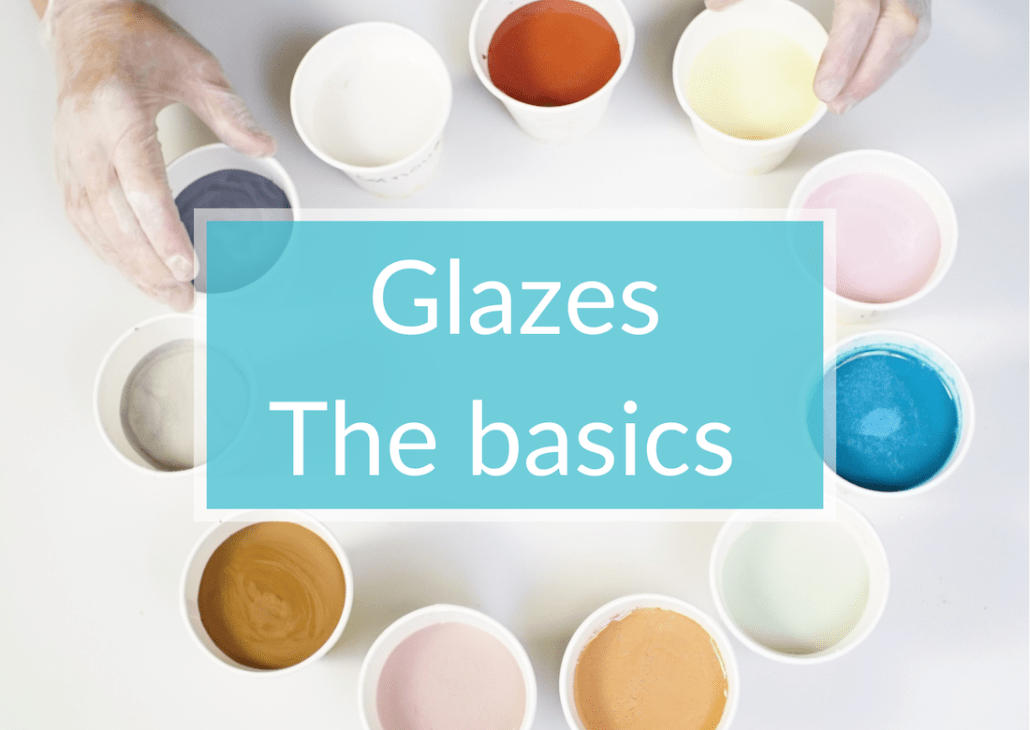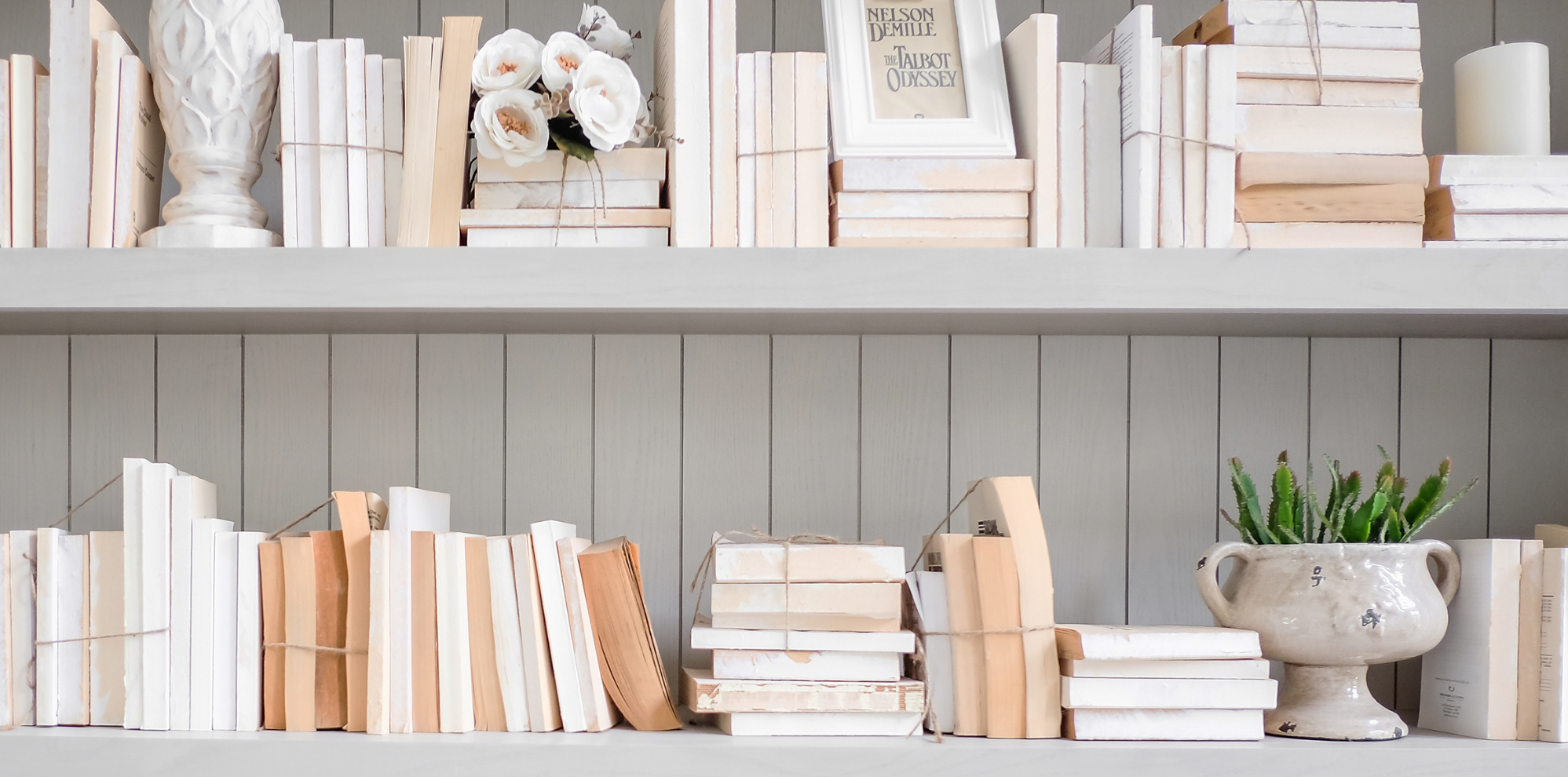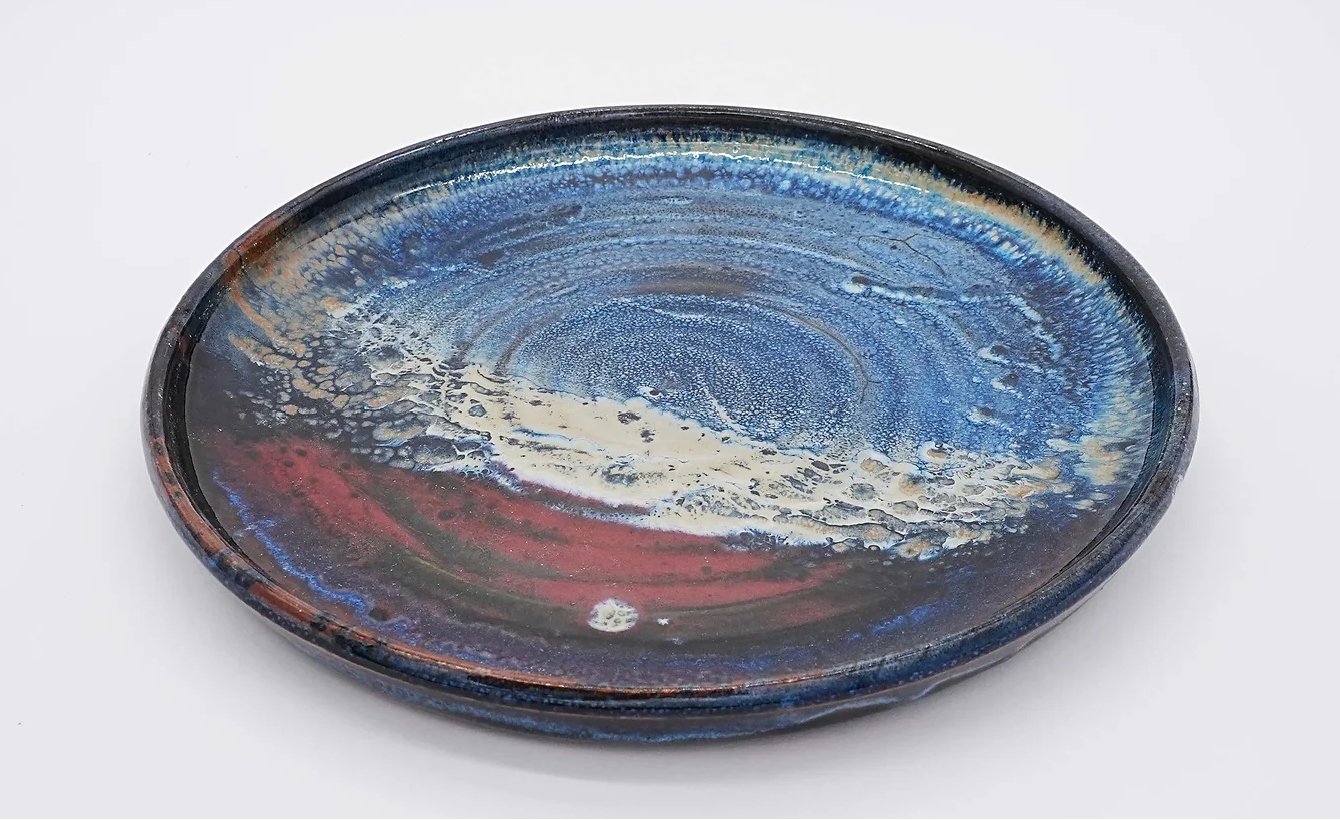Pottery classes: enrol your children!

1 — Why introduce children to pottery from a young age?
2 — Pottery workshop: an excellent educational tool.
3 — How to choose clay suitable for children?
4 — Tips for encouraging children to make pottery
Offering a pottery class to your child will give them a unique experience. Among the many extracurricular activities that exist, pottery occupies a special place. Working with clay provides immense pleasure while stimulating creativity, concentration and focus.
Discover with Creamik what pottery can bring to children and how to set up a studio.
1 – Why start pottery at a young age?
A month has passed since the start of the school year and many parents have chosen to enrol their children in various extracurricular activities. The reasons vary: developing a talent, creating friendships, learning something new or simply having fun. Among all these activities, what would pottery bring?
Young children love to touch, shape and experiment. Starting from 4 years old, working with clay will bring immediate satisfaction. In an era of technology and screens, feeling, modelling and shaping clay offers a unique return to basics! Pottery encourages individual expression: whether introverted or extroverted, you can express your emotions, dreams and ideas through shapes and colours in a non-verbal way.
Finally, this activity is not only fun, but also aids development. It requires concentration, patience and discipline. It is an excellent complement to academic activities, allowing the child to find the balance between learning and creating.
It’s never too late to sign your child up: pottery could well be that enriching experience, that bubble of creativity that your child hasn’t experienced yet.
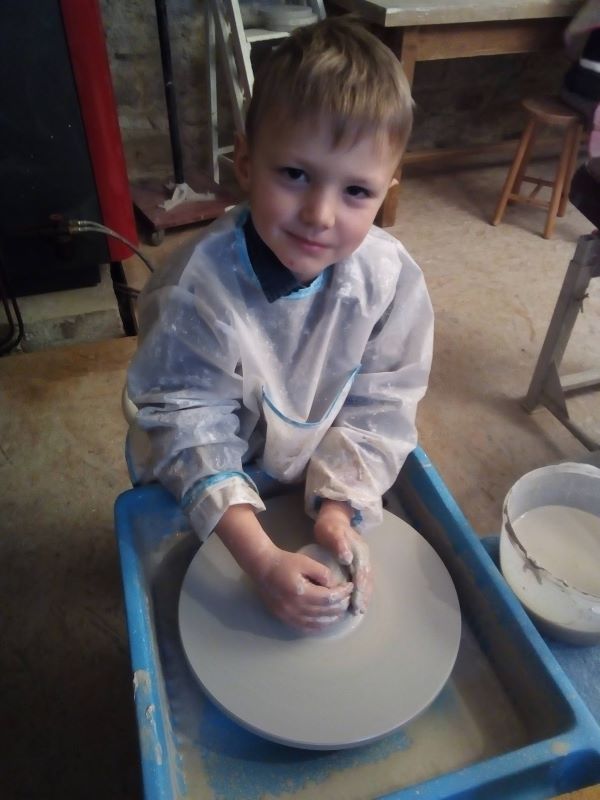
2 – Pottery workshop: an excellent educational tool.
Develop fine motor skills
Pottery uses and strengthens the fine motor skills of the hands and fingers. Whether it’s pinching, rolling, digging or shaping, children use coordination and dexterity in a variety of delicate and precise movements and each gesture helps strengthen the hand muscles. In the long term, this increased manual dexterity may help in their writing and help develop greater attention to detail.
Stimulate creativity
As we mentioned earlier, pottery offers a space where children can give free rein to their imagination. Whether it is a sculpture or a simple cup, the child has the freedom to decide on its shape, size and decoration. This freedom stimulates creative thinking and encourages the child to take on artistic challenges.
Promote concentration and patience
Unlike some instantly gratifying activities, pottery is an art that requires time, concentration and perseverance.
Mistakes happen, teaching resilience and the importance of continuing despite obstacles. From pot building to bisque firing, glazing and glaze firing, the different steps will teach children the value of patience. They will gradually learn to bring focus to an idea they have in mind. The children will experience their anticipation grow, step by step, as they work.
Encourage manual dexterity
In an increasingly digital society, it is essential to reaffirm the value of working with one’s hands. When a child completes a piece of pottery, they feel immense pride, not only in the final work, but also throughout the whole process.

3 – How to choose clay suitable for children?
The different types of clay
There are several types of clay, each with its own characteristics. Earthenware is generally preferable for children because it is soft, easy to work with and does not require firing at high temperatures. Stoneware, on the other hand, is more resistant and requires higher firing temperatures, which perhaps makes it less suitable for the little ones. Firing at very high temperatures is also more expensive. For children who are just starting out, we usually favour earthenware.
Stoneware: a possible choice for older children
Stoneware can be a great choice for older or more experienced children. More experienced children may enjoy the added challenge. It offers varied results on a different, more resistant material.
It is also an opportunity to learn about different firing techniques, including reduction firing, and to explore more technical glazing possibilities. High school students, for example, will be able to see a link between their chemistry lessons and the creation of their own glazes. Chemistry classes find a practical application in ceramics.
Please note: French baccalaureate students can present chemistry work applied to ceramics in their oral exam. The originality will certainly work in their favour.
Safety tips
Regardless of the type of clay chosen, safety is a priority. Here are some tips to ensure a safe experience for everyone:
- Supervise children when working with clay, especially when using tools.
- Educate children about the importance of cleanliness and organisation in the studio.
- Teach them how to avoid excessive dust.
- Wear appropriate clothing (aprons, sleeves that can be easily rolled up and closed shoes.)
- Ventilate and light the studio well.
4 – Tips for encouraging children to make pottery
A positive learning environment
To encourage children to enjoy and persevere in pottery, help them with a welcoming space, well-organized and well equipped with easily accessible tools. Having clear rules in place also makes for a positive environment.
Encourage risk taking when experimenting, and teach them to learn from their mistakes, while providing constant support and encouragement.
Ideas to start working with clay:
Throwing can be a captivating experience. Start with the basics like centering and making simple shapes. A child on the wheel must be constantly supervised as it can be challenging. There must be enough adults present to ensure this.
For a pottery workshop to be successful, adapt each project to the age and skill level of the children. This might include creating small bowls, pen holders, animal figurines or decorative wall plaques. These projects should encourage personal expression while providing an opportunity to learn and practice various pottery techniques.
Next comes glazing, an exciting stage in the creation of any ceramic piece. It allows children to add colours and patterns to their works. As for older children, they will be able to make the connections between art and science.
The exhibition of children’s work: a source of motivation
How many parents have attended their children’s theatre performances, auditions or dance performances…? The same goes for ceramics. Exhibiting children’s artwork, at least once a year, is an important step in the learning process. Public recognition builds self-esteem, confidence and a sense of commitment, while giving the opportunity to receive constructive feedback.
The magazine Télérama ,on September 13, published an interview with Nick Cave, symbol of punk music and gothic rock. He reflected on his experience of ceramics when he was modelling small figurines:
“I am very proud of these figurines, exhibited in a museum in Finland. I like the humility that they required, this meticulous work, alone, with my hands. It allows us, even more than music, to have a look at ourselves, at our qualities and our faults, rather than judging others. Perhaps the planet would be better off if everyone took up ceramics. As a child, and until adolescence, I loved making little characters out of clay or modelling clay. This first manifestation of my artistic sensitivity excited my mother. As a parent I understand very well what she felt. Seeing your child create something, thinking that maybe he or she has talent, is quite overwhelming. I took up ceramics again just after my mother died, learning from a great artist and close friend, Colin Johnson. And I immediately reconnected with this feeling of total immersion one feels as a child.”
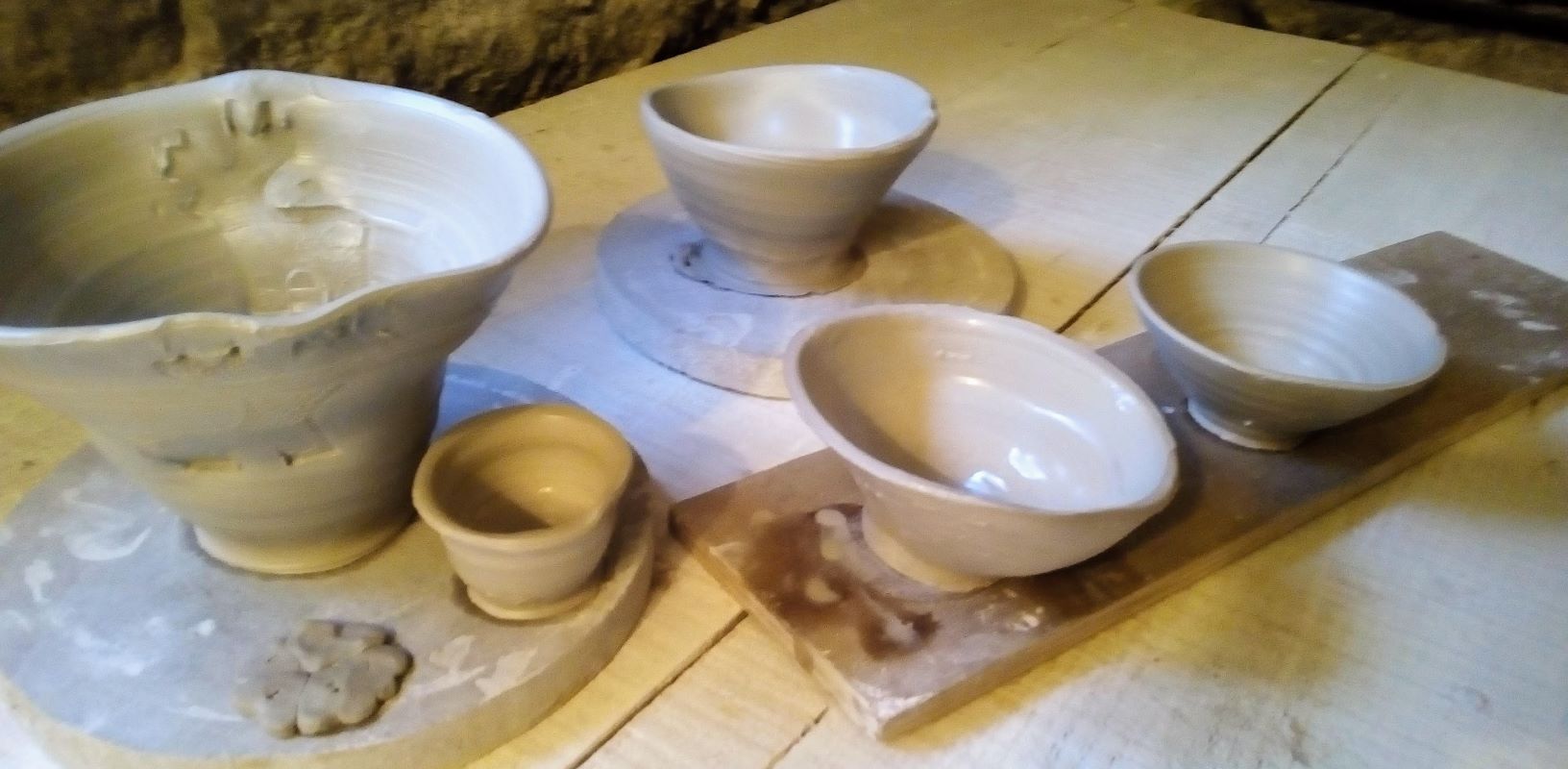
Parent-child workshops to strengthen bonds
Offering parent-child pottery workshops can be a great way to bond while encouraging a love of pottery in children. These workshops provide the opportunity to work together and learn from each other. This shared experience can not only improve children’s pottery skills, but strengthen their relationship with their parents, creating beautiful memories.
Pottery is more than just a craft: it is a means of personal expression and permanent discovery. Children who engage in this art discover not only the multiple techniques of manipulating clay and glazing, but also the deep pleasure of creating with their own hands. Each piece is a unique reflection of their imagination, their perseverance, and commitment.
It is good to encourage this passion from a young age, because the skills and lessons learned while on the potter’s wheel or modelling, decorating and finally firing the work, can benefit all, from the youngest age to adolescence.
As the school year has barely started, it’s time to enrol your children in a pottery class near you. Children who immerse themselves in the world of ceramics today could well become the leading potters of tomorrow…

Resource centre
animated by Matthieu Liévois,
potter-ceramist for over 40 years and founder of the Creamik School
Find all the courses
Keywords
Don’t miss any more news from the Créamik school!


